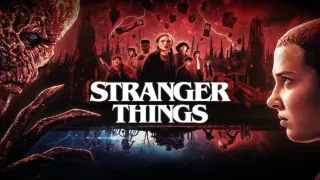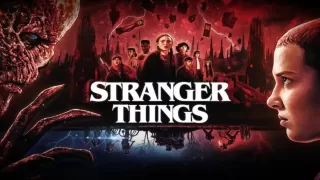Storytelling is the oldest and purest method of instruction. It is an essential component of the early childhood learning curriculum. It is essential to a preschooler's general development since tales allow youngsters to understand more about life, the world, and themselves.
Storytelling is one of the numerous ways that Greensprings School encourages children's cognitive and literacy development. It is a unique approach for our children to build empathy, respect, and admiration for others while also developing fundamental reading and writing skills.
Above all, a kid believes what he hears as he grows older, thus parents may choose what they want their child to hear.
What is storytelling?
Storytelling is the fun art of telling stories using words, pictures, and sounds to make people happy and interested. It has a start, middle, and end, with cool characters, exciting places, and a thrilling plot. Good stories make you feel different emotions, teach lessons, and keep traditions alive. Nowadays, storytelling can also happen on screens, with awesome visuals and interactive elements that make the stories even more exciting.
Why is storytelling important for young people?
Telling tales to your children is not only an entertaining pastime, but it also aids in many aspects of their cognitive development. As parents, you have the option of choosing a toddler care facility that prioritises storytelling or beginning to tell stories to your children as early as early childhood.
5 Reasons Why Storytelling Is More Than Just Entertainment for Kids
Storytelling enhances a child's moral and cultural awareness

Image Source: Twitter
Telling historical and traditional stories is important for child development because it helps youngsters learn about their own cultures and begin to grasp that individuals come from a range of ethnic, religious, and national backgrounds.
Storytelling may teach youngsters valuable cultural and moral values. Fables skilfully include moral teachings in ways that youngsters usually respond to and enjoy.
Storytelling improves a child's communication abilities

Image Source: Twitter
Storytelling is a fun method for your kid to become familiar with words, syllables, and sounds that they may not have encountered in ordinary discussions. This helps extend your child's vocabulary since youngsters learn new words as they hear them.
When narrating stories, children should be encouraged to ask questions and discuss their feelings, the narrative, and the characters in the story. This will encourage children to express themselves and convey their views and feelings.
Storytelling enhances children's social abilities

Image Source: Twitter
Storytelling encourages youngsters to listen to others. They learn to be more patient and to allow others to speak; they begin to open their minds to other people's perspectives and get a grasp of others' ideas.
Their focus and listening abilities improve as they pay attention to what the storyteller says. As you tell stories, they will understand that if they do not listen, they will lose out on the portion of the narrative.
Storytelling increases children's curiosity and imagination

Image Source: Twitter
Storytelling is also important for child development since it inspires youngsters to be imaginative and creative.
Storytelling allows children to envision the setting, the characters in the story, and the plot as it unfolds. The youngster may build the image in which the narrative is placed for themselves rather than getting the visual to accompany the words, as is the case while viewing films.
It is also critical to pick a variety of subjects and themes to encourage your child's creative thinking.
Storytelling makes the learning process easier

Image Source: Twitter
Because storytelling facilitates learning and makes it seem more natural, it's an excellent approach to get your youngster ready for school. Additionally, it helps kids focus better, which is beneficial for their academic performance.
Storytelling is an essential human effort when it comes to child development. Literacy initiatives in early childhood education must include active use of storytelling.
Also Read: Top 5 Yoga Exercises that release tension and promote positive mood

































